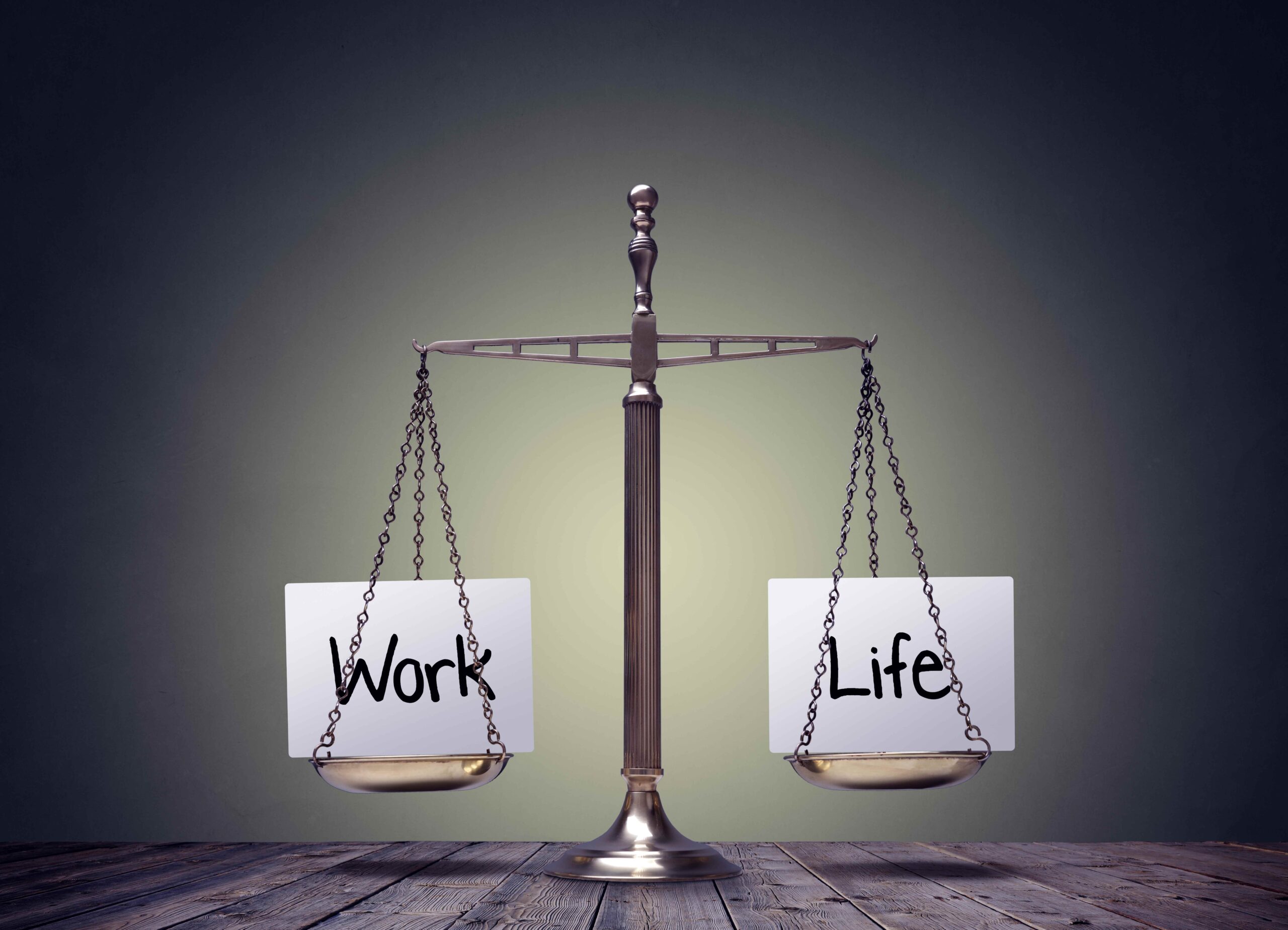In every high school, hospital, and city government, workers whose interests are formally protected by a union are present. But if you try to opt out of its services, the system will fight back. That’s how the rules are set up: even if a person doesn’t want to join the union, they may still have to pay for that right.
Read also: Soft2Bet: Compliance and Regulation in iGaming
For most Americans, this sounds strange. In a country that values freedom of choice, there is a practice whereby an employee loses part of their salary to an organization with which they have neither a contract nor trust. This is not an abstract threat. It is the reality in dozens of states where rules of compulsory membership still restrict the right to work.
This is a story about the right to choose. And about those who want to take that choice away.
What Is the Right to Work?
The right to work is not a ban on unions, collective bargaining, or an attempt to weaken workers. It is a simple statement: every person should decide for themselves whether they want to pay union dues. No one is stopping them from joining a union or supporting it financially, but no one can force them to.
However, in many states, things are different. There is “compulsory financial support” from those who are not formally union members. Workers can refuse formal membership, but not the payment. It is the same amount, the same conditions, the same obligations. It is just called something else.
The paradox becomes particularly acute in the public sector. When a union negotiates with those it helped elect, a conflict of interest arises. It is no longer just a dispute over wages. It affects tax distribution, staffing, and administrative decisions—all this in the absence of transparency and without the consent of all parties involved.
What Protects the Right to Work
To date, 28 states have passed laws prohibiting the collection of compulsory dues from non-members. This is the essence of the right to work: protecting freedom of association and speech. People can refuse to participate in an organization they disagree with. And not to be punished for doing so.
However, trade unions sharply criticize such rules. Myths arise and are repeated. They sound convincing, but do not stand up to scrutiny. Let’s examine them one by one.
Myth #1: The right to work destroys collective bargaining
This is the most common argument from trade unions. It sounds threatening: as if voluntary contributions destroy the possibility of workers negotiating with their employer. If not everyone pays, the system collapses. But this is nothing more than a rhetorical device.
The right to work does not prohibit collective bargaining, abolish trade unions, or prevent them from representing workers’ interests. It merely sets one condition: those described must be those who want to be represented, not everyone by default, and certainly not those who have refused to participate.
In practice, this creates an incentive for quality work. The union can no longer rely on automatic payments. It must prove its value, or people will leave. This is where healthy competition comes into play: strong unions remain, weak ones lose support. The market begins to function, and everyone wins except those used to acting out of inertia.
Myth #2: In states with the right to work, wages are lower and poverty is higher
At first glance, statistics confirm these fears. Average wages are lower, and poverty rates are slightly higher in such states. However, comparing these figures without context is like comparing temperatures in New York and Texas and concluding about healthcare policy.
The cost of living most often explains the difference in wages. Legal systems with the right to work are usually found in southern or rural states, where prices, taxes, and rents are lower. Accordingly, nominal wages will also be lower there. But that does not mean that people live worse.
Moreover, when adjusted for the cost of living, the difference in income virtually disappears. The same is true for poverty levels. Different states have different demographics, economic conditions, and social conditions. To link all of this directly to the human right to opt out of a union is to ignore common sense.
Myth #3: The right to work threatens the lives of infants
This argument seems absurd, but it is used in public debates. Supporters of mandatory union dues claim that states with the right to work have higher infant mortality rates. The implication is that refusing to join a union somehow affects the health of newborns.
However, no serious researcher has directly linked these phenomena. There are many causes of infant mortality: the level of medical care, access to social services, sanitary conditions, education, nutrition, and childbirth care. Placing the responsibility for such indicators on a law on voluntary membership fees means diverting attention from the real problems.
Myth #4: The right to work creates freeloaders
This argument sounds more reasonable. Trade unions must represent all workers, even those who do not pay dues. Consequently, some people benefit for free. Critics say this is unfair and requires mandatory payment from everyone.
But one detail is essential here. The obligation to represent everyone is not a law of nature. It is a choice made by the union itself. It can give up its monopoly and represent only those who pay. But then it must compete with other structures and prove its effectiveness. This is precisely what it is trying to avoid.
Thus, the problem with freelancers is not a problem of the right to work. It is a choice of model: control everything in exchange for restrictions on freedom. An alternative exists. And it is more consistent with the principles of voluntarism, association, and political accountability.
When the Protection of Rights Turns into Political Domination
In the private sector, the market decides everything. If an organization provides value, it exists. If not, it closes. The logic is different in the public sector. There, trade unions negotiate with the state. This means that they participate in policymaking, influence budgets, and regulate access to the profession.
When people are forced to finance such a structure, even if they disagree, their freedom is violated. This is no longer just a question of wages. It is a question of political representation, control over taxes, and the distribution of public goods.
The right to work puts control back in the hands of citizens. It removes automatism, restores individual decision-making, and makes trade unions more accountable. It does not kill dialogue, but makes it equal.

